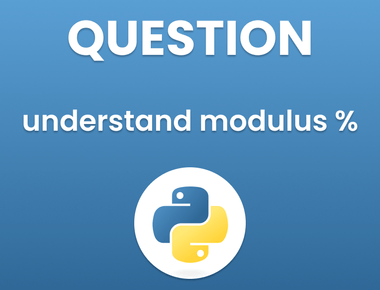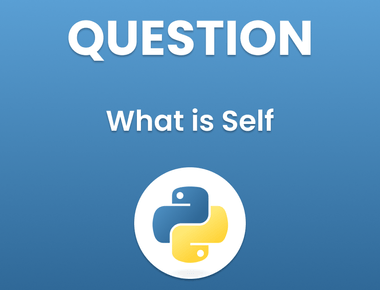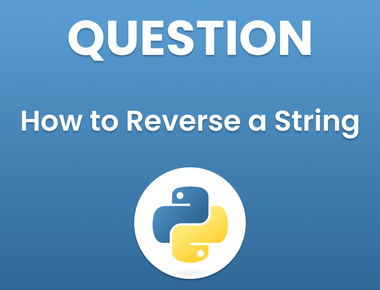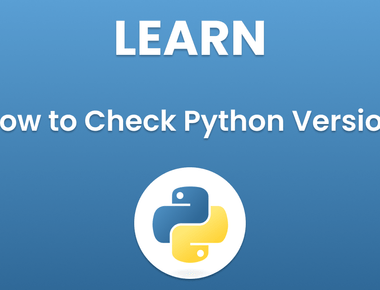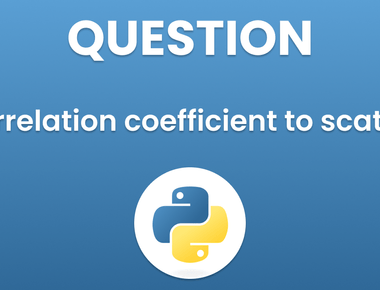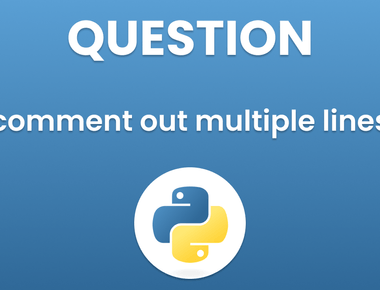Table Of Contents

Introduction:
Python is a versatile programming language that can be used for various tasks, from web development to data analysis. One of its distinguishing characteristics lies in its support for functions - blocks of code which perform specific tasks and can be called upon by other parts of the program.
If you’re new to Python, you may be wondering ”what is a function in Python?” In this comprehensive guide, we’ll answer that question and provide examples so that you can better comprehend how functions operate within the language.
What is a Function in Python?
Python functions are blocks of code that perform a specific task. Functions help break down large programs into more manageable pieces and can be called by other parts of the program, allowing for reused code and reduced repetition.
Python functions follow a consistent structure:
def function_name(arguments):# code blockreturn result
The def keyword is used to declare a function. The function_name is the name you give it; arguments are inputs which can range from zero or more; code block is composed of statements making up the function; return statement returns its result from this function.
Functions may also be defined with default arguments, which are used if no arguments are supplied when the function is called. For instance:
def greet(name="friend"):print("Hello, " + name)
In this example, the function greet() accepts a single argument name and prints “Hello, ” followed by that name. If no argument is provided, the default value of “friend” will be used.
Learning How to Create a Function in Python
Constructing a function in Python is straightforward. Simply use the def keyword followed by your function name, arguments enclosed within parentheses and a colon. Finally, add code block and return statement (if needed) for completion.
Here’s an example:
def add_numbers(a, b):result = a + breturn result
This function takes two arguments, a and b, and returns their sum. You can call it by using its name and providing values for both arguments:
x = add_numbers(3, 5)print(x)
This will print 8.
How to Call a Function in Python
Calling a function allows you to execute any code.
Once a function in Python has been created, you can access it from other parts of your program. To call a function, simply use its name followed by parentheses and any arguments required (if any). For instance:
def say_hello(name):print("Hello, " + name)say_hello("Alice")
We have written a dedicated post on How to call a function in Python.
Functions in Python can be incredibly useful, helping you write cleaner, more organized code. Here are some ways you can utilize functions:
- Reusing Code: Functions enable code writers to write once and reuse it multiple times, eliminating the need to repeat the same code repeatedly.
- Simplifying Code: Functions can help break down complex problems into smaller, more manageable components, making it simpler to write and comprehend your code.
- Modularizing Code: Functions can be utilized to modularize your code, dividing it into logical sections that can be tested independently and maintained separately. This makes for easier maintenance when changes need to be made to the program.
- Passing arguments: arguments allow data to be passed into a function for processing, making your code more flexible and dynamic.
- Returning Values: Functions can also return one or more values that can be used by other parts of your program. This enables complex operations to be performed and then passed back to the calling code.
- Debugging Code: Functions can be utilized to isolate and debug errors in your code, making it simpler to pinpoint and resolve problems.
Common Mistakes When using Functions in Python
Functions in Python can be incredibly useful, but there are some common missteps people make when using them. Here are a few things to keep in mind when using them:
- Neglecting to Include Return Statement: Neglecting to include a return statement in your function can result in unexpected behavior in your program.
- Overusing Global Variables: Global variables can be accessed from anywhere in your program, but they may lead to unexpected behavior if modified by multiple parts. It’s usually better to pass variables into functions as arguments rather than using them as global variables.
- Neglecting to Check Function Arguments: It is critical to verify the arguments passed into your function, especially if they are user inputs. Doing this helps avoid errors and unexpected behavior.
- Neglecting to Use Descriptive Function Names: Descriptive function names can make your code simpler to comprehend and maintain, so use names that accurately convey what the function does.
FAQs:
Q: Can a function in Python return more than one value?
A: Absolutely, functions can return multiple values using the return statement. For instance, you could use this to return an array of values which would then be unpacked when called by the function.
Q: Can a function in Python call itself?
A: Absolutely, this concept of recursion in programming is known as function calling and can be an incredibly useful approach to solving certain types of problems.
Q: In Python, can a function be passed as an argument to another function?
Yes, this is known as a higher-order function and it’s an effective method for creating flexible and reusable code.
Conclusion:
Functions are an essential aspect of Python programming, helping to make your code more efficient, organized and flexible. They allow for the breakdown of complex issues into smaller, manageable parts which makes debugging simpler and quicker. With the knowledge provided in this comprehensive guide, you should now feel confident creating, calling and using functions in your programs with confidence - so go ahead and start using functions to take your Python programming to new heights!
Subscribe to our newsletter!
Quick Links
Legal Stuff
Social Media


